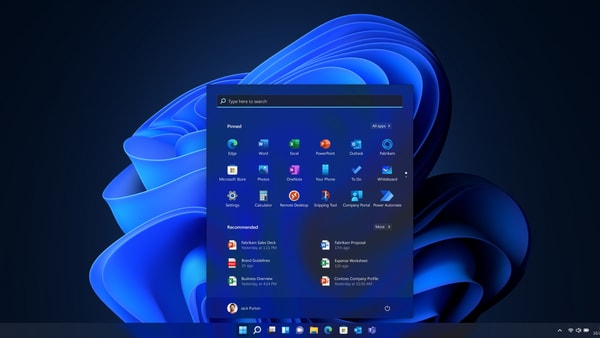Windows 10 Free Support Ends: What You Need to Know
Microsoft will stop providing free support for Windows 10 from October 14, 2025, leaving millions of users vulnerable to security threats if they don’t take action.
Key Takeaways
- Free Windows 10 support ends October 14, 2025
- 5 million UK users plan to continue using unsupported systems
- Three options: upgrade to Windows 11, pay for extended security, or switch to Linux
The Security Risk
After the deadline, Windows 10 will no longer receive security updates or technical assistance. While devices will still function, they’ll become increasingly vulnerable to viruses, malware, and cyber attacks.
Experts warn that remaining on Windows 10 could make users prime targets for hackers. Consumer group Which? estimates approximately five million people in the UK alone plan to continue using the older system.
“Criminals are going to target people, they are going to exploit weaknesses and they are going to want to steal your data,” said Lisa Barber, editor of Which? Tech magazine.
How to Stay Protected
The simplest protection method is upgrading to Windows 11. Microsoft emphasizes their newer system “meets the current demands for heightened security by default.”
PCs less than four years old typically support Windows 11, which requires minimum 4GB RAM, 64GB storage, and a TPM 2.0 security chip. Microsoft provides a free compatibility checker, while Which? offers an online processor-based verification tool.
Options for Older Computers
For incompatible machines, Microsoft offers one-year extended security updates until October 13, 2026. This protection is free when signing in with a Microsoft account, otherwise costing $30 or 1,000 reward points.
Alternatively, consider switching operating systems. Linux provides a free, secure alternative with user-friendly distributions like Ubuntu, which receives regular security updates. Installation requires file backup and a USB drive, with detailed guides available from Canonical, Ubuntu’s developer.
As Windows 10 support concludes, users must choose between upgrading, paying for extended protection, or exploring alternative operating systems to safeguard against growing cyber threats.




